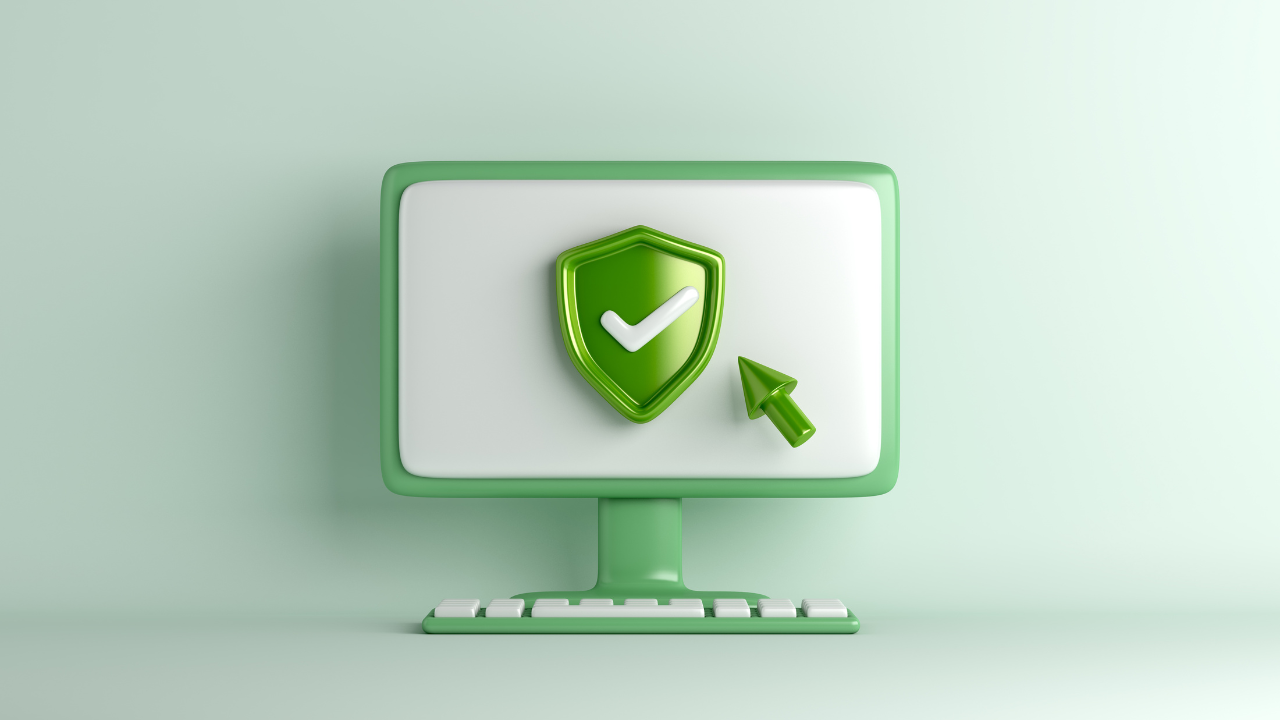LEI Renewal Now Mandatory in Canada – A Key Contrast with Australia’s Approach
Effective July 25, 2025, Legal Entity Identifiers (LEIs) must be active — not lapsed — for all OTC derivatives reporting in Canada. This decisive shift by the Canadian Securities Administrators (CSA) underscores the country's commitment to global data quality, transparency, and financial system integrity.

Swiss Business Registry Integration Marks Major Step Toward Global LEI Utility
In a significant step toward digital trust and global interoperability, the Global Legal Entity Identifier Foundation (GLEIF) and Switzerland’s Federal Statistical Office (FSO) have announced the integration of the Swiss Enterprise Identification Number (UID) directly into Legal Entity Identifier (LEI) records. This move introduces a one-click access feature linking LEIs to authoritative Swiss business registry entries, enhancing transparency, efficiency, and international visibility—particularly for SMEs.

ICC DSI 2025 Report Charts Path to Trust and Interoperability in Global Trade
Discover how the ICC's 2025 digital trade roadmap outlines a key role for LEIs and vLEIs in enabling trust, interoperability, and identity in global trade networks.

LEI Worldwide Partners with IDFC FIRST Bank to Facilitate LEI Adoption in India
India’s push for LEI adoption has been gaining momentum along with regulatory expansion and a large growth in the last Quarter. LEI Worldwide has joined forces with IDFC FIRST Bank to simplify LEI issuance for corporates across the country. Through the bank’s Beyond Banking platform, businesses can now register and manage LEIs faster, stay compliant, and meet RBI and SEBI requirements with ease. Read how this partnership is shaping the future of entity transparency in India.
.png)
LEI Regulations in Crypto – A Turning Point for Global Transparency
As global regulators tighten their focus on crypto compliance, the Legal Entity Identifier (LEI) is emerging as a key requirement for Virtual Asset Service Providers (VASPs) and CASPs. This blog explores how recent regulatory developments—from FATF’s Recommendation 16 to the EU’s MiCA and OECD’s CARF—are positioning the LEI and verifiable LEI (vLEI) as foundational tools in the fight against financial crime in digital assets.
.png)
LEI Worldwide Partners with The Open Working to streamline KYC/KYB in Global Trade
The Open Working Group (OWG) is a global initiative which aims to redefine Global Trade Finance by standardising and streamlining traditional complex pain points and achieve “cognitive fluidity”. The LEI plays a key role in the identifier system.
.png)
LEI Worldwide opens new offices in Pune, India
LEI Worldwide, a global leader in Legal Entity Identifier (LEI) services, is proud to announce the opening of its new office in Pune, India. This strategic move demonstrates our commitment to supporting the growing demand for LEI services in India and further expanding our global reach.
.png)
LEI Worldwide nominated Finalist in FS Awards in Association with KPMG
The FS Awardscelebrate excellence in financial services and recognise the brightest minds, showcasing the reinvention of the sector with a selection of 16 diverse categories including the Fintech Innovator Award, the Compliance and Regtech Award, the Innovative Banking Product Award and the ESG Finance Award. LEI Worldwide have been nominated as a finalist in two categories both the Regtech Award and The Challenger Award.

Partnership Announcement: LEI Worldwide and Trrue.io
LEI Worldwide is excited to announce a strategic partnership with Trrue.io, a leader in the digital asset ecosystem. This collaboration aims to enhance compliance and transparency in financial markets through innovative blockchain self-sovereign identity solutions. While the vLEI continue to grow momentum as a newly awarded ISO standard, we look forward to redefining regulatory technology together and empowering organizations in the digital economy.
.png)
GLEIF & Finbridge Global announce partnership to Streamline Identity Verification for Fintechs
Finbridge have partnered with the Global Legal Entity Identifier Foundation (GLEIF) to create an ecosystem which utilises the Legal Entity Identifier (LEI) to create the Worldwide Identity (LEI) Badge, streamlining the identity verification of fintechs globally. This innovative solution leverages LEIs as the universal identifier, enabling seamless onboarding and enhanced compliance across diverse geographic regions. Additionally, LEI Worldwides platform RAMP is the engine providing the LEIs to the fintechs and through which Finbridge will manage its LEI portfolio.

LEI for DORA: Digital Operational Resiliency Act
The Digital Operational Resilience Act (DORA) introduces essential regulations for strengthening the financial sector's defense against digital disruptions. A key requirement under DORA is the use of Legal Entity Identifiers (LEIs) to ensure transparency and traceability in financial transactions. This blog explores the significance of LEIs within DORA, highlighting their role in enhancing risk management, data quality, and global compliance.
.png)
Bank of England mandates LEI: CHAPS RTGS Payment Messages ISO 20022
Explore how CHAPS and LEI facilitate efficient financial transactions and compliance with Bank of England regulations. Ensure your organization is equipped with the necessary Legal Entity Identifier for seamless integration into the CHAPS payment system. Click here to read more about CHAPS and LEI compliance.
.png)
LEI Worldwide and Finbridge Redefine Global Fintech Onboarding
Finbridge and LEI Worldwide have joined forces to revolutionize the onboarding process for fintechs, marking a first-of-its-kind use case for the LEI in the industry. This partnership aims to simplify and standardize the onboarding experience for fintech organizations globally, fostering greater transparency, efficiency, and compliance within the fast growing Finbridge ecosystem. This concept paper outlines the rationale, objectives, and transformative potential of this strategic alliance.
LEI Worldwide attend Global Funds Conference 2024
The 2024 Global Funds Conference was hosted in Dublins fantastic Royal Dublin Convention Centre and organised by Irish Funds. The aim of the annual event is to highlight the international funds and asset management industry, both in Ireland and globally. traditionally the event attracts a wide range of participants from across the international investment funds community. LEI Worldwide return for the third consecutive year as event sponsors and exhibitors.

The Reserve Bank of India (RBI) LEI Deadline Arrives: April 30th 2024
RBI mandates LEI for corporate borrowers with exposures exceeding Rs. 10 Crore ($1,197,815). Failure to obtain LEI renders borrowers ineligible for further loans or enhancements. Deadline: April 30, 2024. LEI is also required for transactions over ₹50 Crore. Compliance essential for transparency and trust in financial transactions. Apply now for LEI registration in India to meet RBI regulations.
